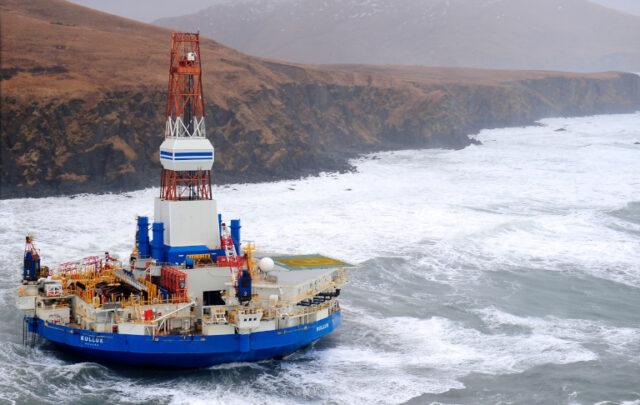Many people fail to properly differentiate between energy forms and related energy systems. One result is that they can be misled regarding solutions to such concerns as “the energy crisis,” “energy security,” or “dependence on foreign oil.” This not only leads to unrealistic thinking but poor public policy. Consider three major energy forms and their differentiation.
First is oil (petroleum), a liquid hydrocarbon fuel used to power automobiles, trucks, buses, trains, farm equipment, airplanes, ships, etc. Oil is processed in refineries into products that are optimized for use in specific kinds of machinery and equipment (devices). Oil products include gasoline, diesel fuel, jet fuel, bunker fuel for ships, and heating oil. Devices that operate on oil products are engineered and tailored to operate on that particular form of energy. In almost all cases, those devices cannot operate on other energy forms such as electric power or natural gas. When it comes to liquid fuels and devices built to operate on liquid fuels, we must think in terms of related specifics, not “energy.”
Second is electricity, which is used to power various devices including air conditioners, lights, computers, refrigerators, space heating systems, televisions, VCRs, pumps, fans, communication systems, some trains, motors, various appliances, satellites, etc. Electric powered devices can rarely operate directly on oil products or natural gas. When it comes to electricity and devices built to operate on electric power, we must think in terms of related specifics, not “energy.”
Third is natural gas. It can be directly combusted to produce heat or processed to create liquid fuels and various chemicals. Devices that operate on natural gas include electric power generators, building heating and cooling systems, water heating, cooking, and industrial processing. When it comes to the direct use of natural gas and devices built to operate on gas, we must think in terms of yet another specific type of system, different from liquid fuel-based systems and electric power-based systems.
On the basis of the foregoing, there are at least three distinct types of energy powered devices that must be separately and specifically considered. This is definitely true in the short term, when it is virtually impossible to power an existing device by an energy form other than what it was designed for. For example, we could not immediately 1) power existing computers with gasoline; 2) power most existing automobiles with electric power; 3) power existing airplanes with natural gas; etc.
In the longer term, some kinds of devices can be retrofitted to operate on a different energy form, e.g., trains can be retrofitted to operate on electricity instead of diesel fuel; automobiles, trucks and buses could be retrofitted to operate on natural gas, etc. Still other devices must be redesigned and manufactured to operate on a different energy form, e.g., automobiles and other ground-based vehicles to operate on electric power or natural gas.
Accordingly, while we can think about various conversions of devices from one energy form to another, it is essential to recognize that such changes take time and money. For instance, transitioning a significant portion of the U.S. automobile fleet to either hybrid or pure electric power would take decades under the best of conditions. This reality has been treated in a number of National Academy studies on light duty vehicle conversions. For example in “Transitions to Alternate Transportation Technologies – Plug-In Hybrid Electric Vehicles,” NRC. 2010, one conclusion related to the optimistic adoption in the U.S. of plug-in hybrid electric vehicles (PHEVs) is as follows: “For the Maximum Practical Case, the PHEV-40 cuts gasoline use by 55 percent by 2020…” The PHEV-40 is a plug-in hybrid electric vehicle similar to the Chevrolet Volt with a 40 mile electric range.
The foregoing are realities that many people fail to understand, which means that they can be trapped into advocating energy changes that are not practical in the short term. Examples of some of the current common traps: 1) Assuming that wind and solar systems – electricity producers – can be a near-term solution to high gasoline prices; 2) Assuming that natural gas from shale is a near-term solution to our dependence on foreign oil; 3) Assuming that wind and solar can be a near-term means to lower the emissions from vehicles now powered by oil products; etc.
As the Peak Oil Review audience well knows, energy production and use are complicated. We have a responsibility to help others understand the realities and disabuse people of the notion that there is a simple “silver bullet” or “silver bullets” that can quickly resolve our various energy challenges.
Robert L. Hirsch is a former senior energy program adviser for Science Applications International Corporation and is a Senior Energy Advisor at MISI and a consultant in energy, technology, and management. Hirsch has served on numerous advisory committees related to energy development, and he is the principal author of the report Peaking of World Oil Production: Impacts, Mitigation, and Risk Management, which was written for the United States Department of Energy.





